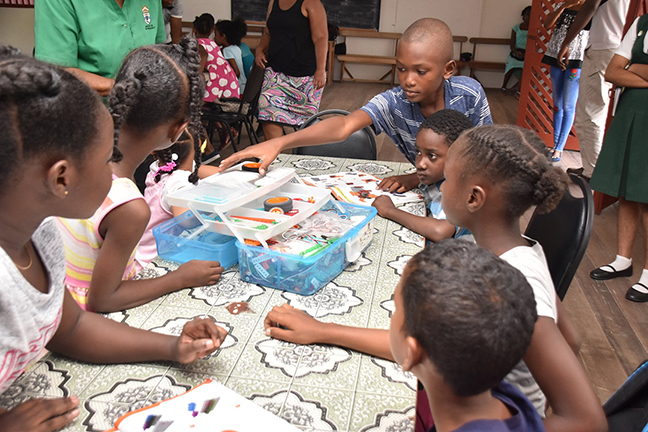By Jeff Murray
STEM education is, by design, integrative. It strives to emulate the real-world work of engineers within a teaching environment. Traditional science and math concepts merge with hands-on design-and-build-work using technology, often through “design challenges.” Team dynamics, learning by failure and revision, and analytical thinking all factor in as well. It’s a big lift, but such efforts are vital for schools to attempt as demand for STEM – from parents, employers, the military, and colleges – increases. Traditional education models may not readily adapt to the hands-on demands of STEM, nor can many practitioners turn on a dime to accommodate a tech-heavy pedagogy. A new report from Michigan Technological University sheds light on some of these complexities that teachers face bringing STEM education into their practice.


